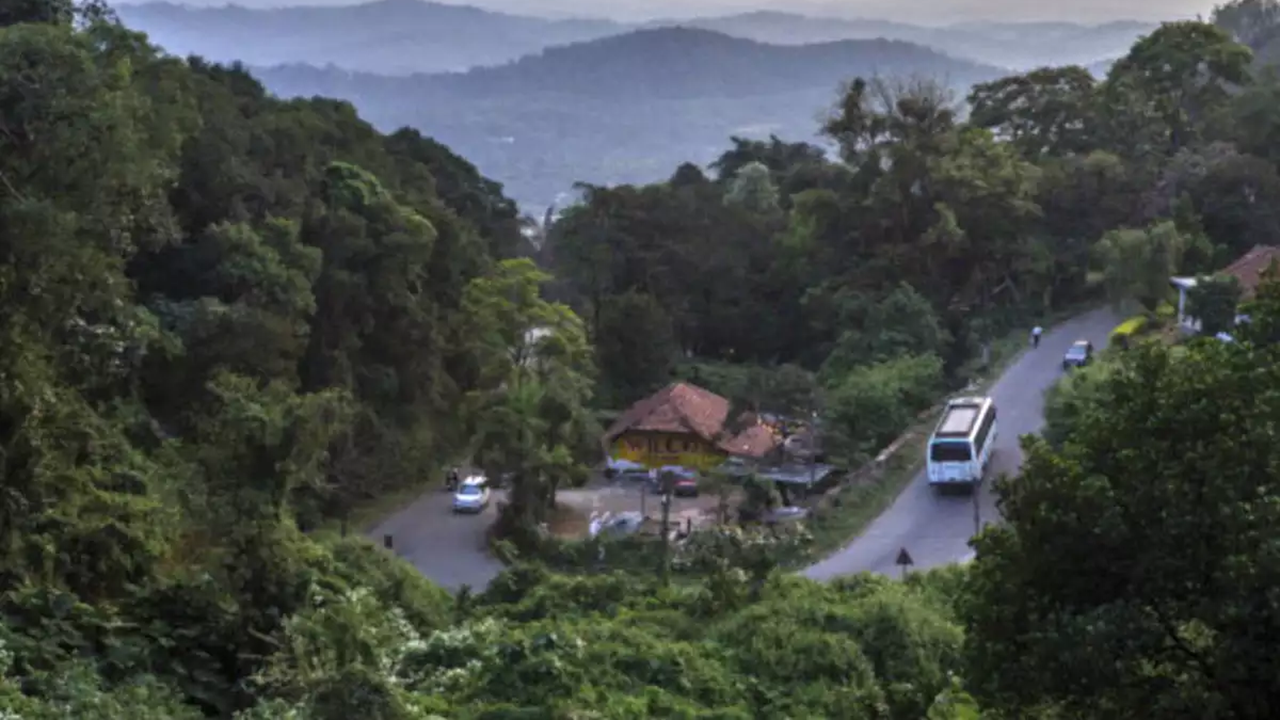
BENGALURU: Karnataka govt has proposed creating a master plan and “temporarily” banned any change in the land usage pattern in the Western Ghats to protect the ecologically sensitive area (ESA), while maintaining the villages and towns that already exist within the zone.
This master plan is effectively a middle path envisaged by the state govt to help it toe the Kasturi Rangan report in protecting the biodiversity of the ESA, without having to evict the populations that reside there or curb the activities related to their livelihood.
In a departmental note signed by forest minister Eshwar Khandre, the govt cited natural calamities, including the recent Wayanad landslides, the melting of Himalayan glaciers, and flooding in Himachal, to highlight the need to safeguard the environment from further “human development activities”.
Citing the landslides in Kodagu and Himachal Pradesh as cases in point, Khandre said allowing change in land usage has led to mushrooming of habitats in the hills and forests with disastrous consequences.
“Considering the above natural crisis, and the urban and rural areas within the Western Ghats region in Karnataka, it is proposed to have a consensus between the forest department, revenue department, urban development department — including municipal administration — and the panchayati raj department to implement a master plan based on new zonal regulations on land use pattern,” Khandre said in his proposal.
Until the new zonal regulations come into force, the forest department has “temporarily” put on hold any change in land usage in the Western Ghats.
Creation of a masterplan and its implementation do not require any amendments to existing laws and can be done at the earliest once all the relevant departments are taken into confidence. “Once the boundaries are marked for every town and village in the region, everything else will be officially declared as part of a Green Zone. Except farming, any other activity within that area will be considered a violation,” officials said.
The intent behind the master plan is to strike a middle path, whereby, habitats can be protected while allowing residents to continue with their day-to-day activities and also ensuring that no further encroachments, such as illegal homestays and resorts, are allowed.
It will protect the environment and help avoid evictions from within the proposed ESAs, another official from the forest department said.









